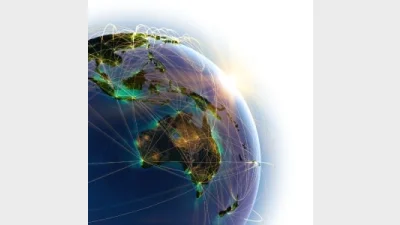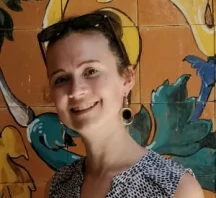Look abroad for investment opportunities: Jones



Assistant Treasurer, Stephen Jones, has suggested superannuation funds invest in neighbouring countries like Singapore and Indonesia.
The volume of assets in super was expected to grow from $3.4 trillion currently to $5 trillion over the term of the current Government.
This needed to be invested in other areas than Australian equities, Jones said, and super funds were already taking action by investing in renewable energy and infrastructure.
However, another option would be investing in countries near to Australia such as Indonesia and Singapore.
This would allow funds to align national interests with the best interest of super fund members.
“But in our near region we’ve got the pension funds of other countries investing in Indonesia, in Singapore, in the Pacific whilst Australian pension funds are relatively absent. So, it must strike us as a little bit strange – it certainly does our neighbours – to know that we’ve got the Canadian pension funds who are more deeply invested in Indonesia or Malaysia than they are – than Australian pension funds are.
“So, what the government of Australia is saying, what the Albanese Labor government is saying is let’s get our heads above the desk and look abroad.”
Recommended for you
Ethical super fund Australian Ethical has announced the appointment of Anthony Lane as chief operating officer.
The structural shift towards active ETFs will reshape the asset management industry, according to McKinsey, and financial advisers will be a key group for managers to focus their distribution.
ASIC has warned that practices across the $200 billion private credit market are inconsistent and, in some cases, require serious improvement.
A surge in electricity prices has driven the monthly Consumer Price Index to its highest level in a year, exceeding forecasts.










